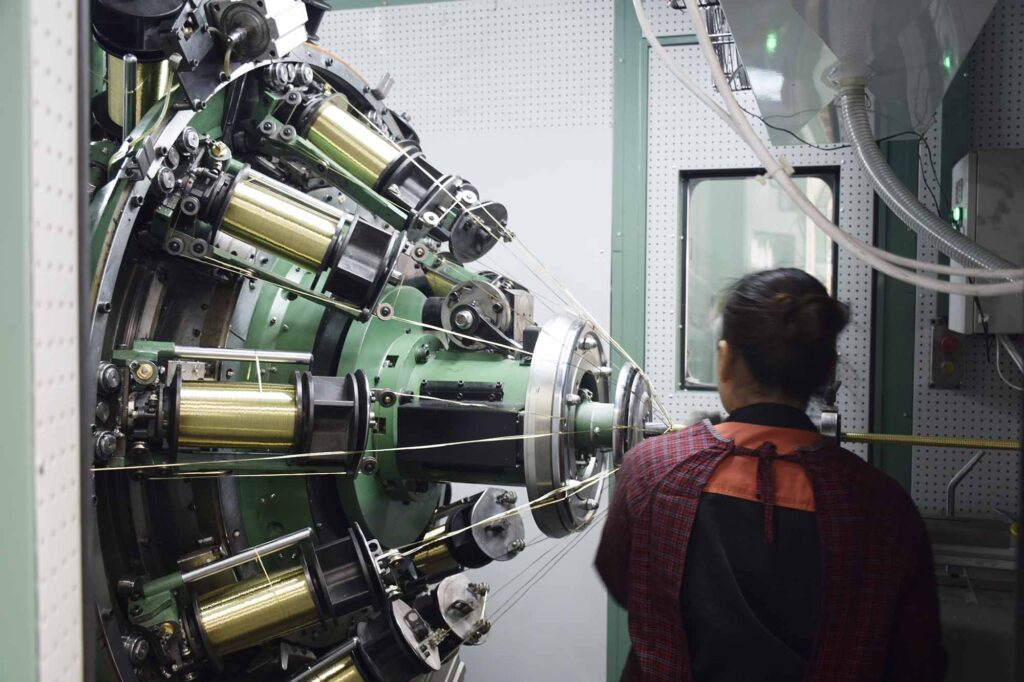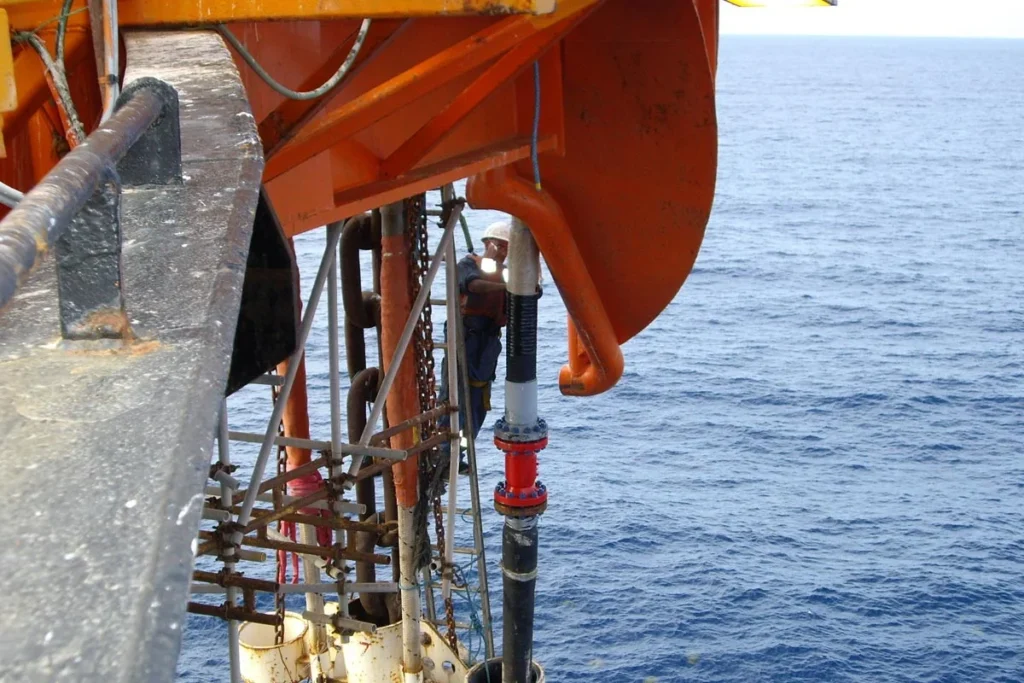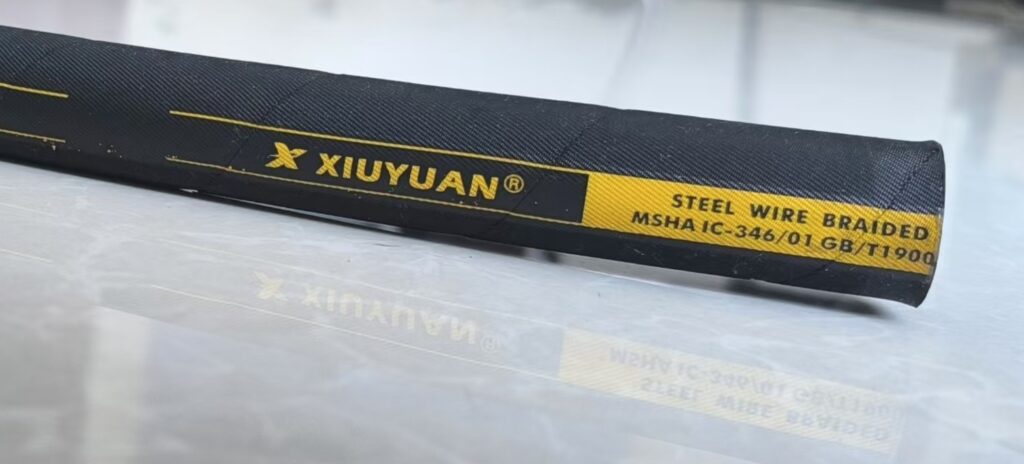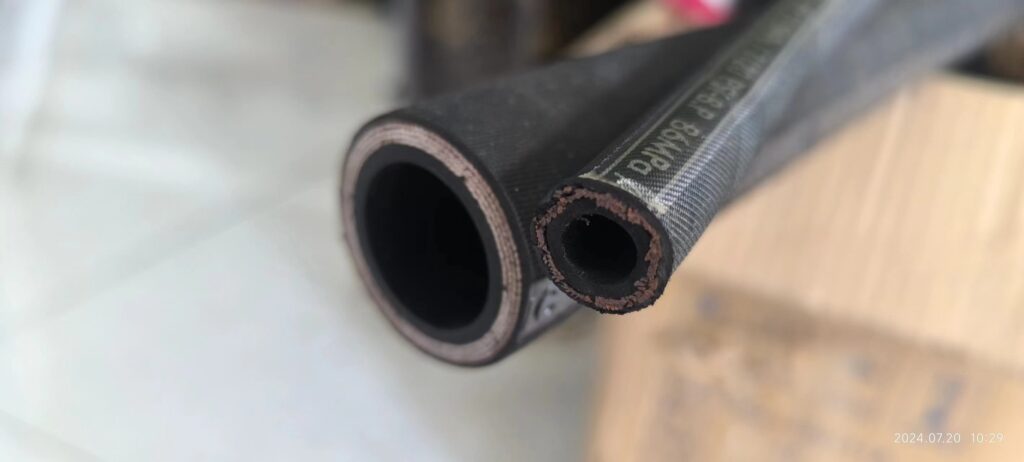Hose assemblies are used in a wide range of industrial and commercial applications to transport fluids and gases. However, they can be prone to buckling, which can lead to deformation, reduced flow rate, leaks, and premature failure. Hose assembly buckling can be caused by a variety of factors, including external and internal forces, temperature changes, material fatigue, improper installation, and inadequate support. To prevent hose assembly buckling, it’s important to select the right hose for the application, install it properly, provide adequate support, avoid excessive temperature changes, and perform regular maintenance and inspection. Remedies for hose assembly buckling include re-routing the hose, providing additional support, replacing the hose, installing a flexible connector, adjusting pressure or temperature, and consulting with a hose expert. By following these best practices, you can help ensure your hose assemblies operate safely and efficiently, with a reduced risk of buckling and other forms of damage.
The Preparation before Buckling
Before we carry out the hydraulic hose buckling, we need to be well-prepared to deal with the buckling may arise when the problem. Prepare to meet the size of the hose and fittings, set up the machine, and be well prepared.
Selecting the correct hose and fitting:
The first step in hydraulic hose crimping is to select the correct hose and fitting for the application. The hose and fitting must be compatible with the fluid being transported and must be able to handle the pressure and temperature of the system.
Cutting the hose to the correct length:
Once the correct hose and fitting have been selected, the hose must be cut to the correct length. The cut must be clean and straight to ensure a proper fit. Improper length of cut hose please see the first preparation, improper cross-section may cause a. Flying head b. It unable to make the assembly to reach the normal working pressure of the hose c. Reducing the working life of the assembly, etc. The consequences of insufficient stripping (length and thickness) will cause: a. Flying head b. Inability to make the assembly reach the normal working pressure of the hose c. Reducing the working life of the assembly, etc.
Skiving the outer glue:
Determine the length and thickness of stripping according to the hose size and joint type, the length of stripping should be neat and appropriate, and the thickness of stripping should be even and appropriate, so as not to hurt the reinforcement layer of the hose.
The consequences of excessive stripping (length and thickness) are that missing the protect of the outer rubber layer the reinforcement layer near the fittings may be oxidized earlier, reducing the service life.
And stripping the reinforcement layer may cause: a. Flying head b. Inability to make the assembly reach the normal working pressure of the hose c. Reducing the working life of the assembly, etc.
Cleaning the hose and fitting:
The hose and fitting must be cleaned thoroughly to remove any debris or contaminants that could interfere with the crimping process.
Inadequate cleaning after stripping may cause: a. Flying head b. It can not make the assembly to the normal working pressure c. Reducing the service life, etc.
The inner wall is not clean may cause: a. Injury to the tube b. Contamination of the media, etc.
Adjusting the crimping machine in advance:
Ensuring quality: The crimping machine is used to join two or more parts of a product, and a proper crimp ensures that the parts are securely joined. If the crimping machine is not adjusted correctly, it may result in an improper or weak crimp, which can compromise the quality of the final product.
Safety: A poorly adjusted crimping machine can cause safety hazards to the operator or others in the area. Adjusting the machine in advance helps to reduce the risk of accidents or injuries during the operation.
Efficiency: An incorrectly adjusted crimping machine may result in production delays or wasted materials, which can impact the overall efficiency of the manufacturing process. By adjusting the machine in advance, you can ensure that it is set up properly for the specific product being manufactured, reducing the chance of errors or delays.
Cost savings: Properly adjusted crimping machines can reduce the need for rework or scrapped products due to poor crimping, which can save on material and labor costs in the long run.
Buckling hose
When buckling the hose, it is important to place the joint in the center of the mold, not on the hexagonal nut, and to prevent tools and other foreign objects from entering the head of the buckling machine. Place the hose with the joint set in the appropriate position inside the buckling head, so that the full length is buckled at one time.
Press the buckling button to perform the buckling operation until the buckling head stops buckling and automatically opens the mold. Take out the buckled hose assembly, use vernier calipers to check the outer diameter of the buckled joint jacket size, if it does not match with the parameter table, the buckling amount should be fine-tuned until the next hose buckling meets the requirements.
If the buckling angle is wrong it may meets the following problems:
Reduced flow rate: Buckling can create obstructions or kinks in the hose, which can reduce the flow rate of the fluid or gas being transported through the hose.
Hose damage: Buckling can cause the hose to become damaged or deformed, which can reduce the lifespan of the hose and even lead to leaks or failures.
Safety hazards: If the hose is being used in a critical application, such as in a chemical plant or in a medical device, buckling can create safety hazards and lead to accidents or injuries.
Increased pressure drop: Buckling can increase the pressure drop along the hose, which can reduce the efficiency of the system and increase energy costs.
Precautions after buckling
Pressure test: After the first assembly is buckled and pressed it needs to be pressure tested, and if it passes the pressure test, mass production can begin.
Timely adjustment: When problems are found in production adjustments should be made in time to avoid batch defective products.
Packaging of hose assembly: After the production is completed, the assembly is properly packaged to avoid scratching of the product during transportation, or according to the customer’s needs. Classifying and storing the products according to their different models can improve the subsequent work efficiency.





